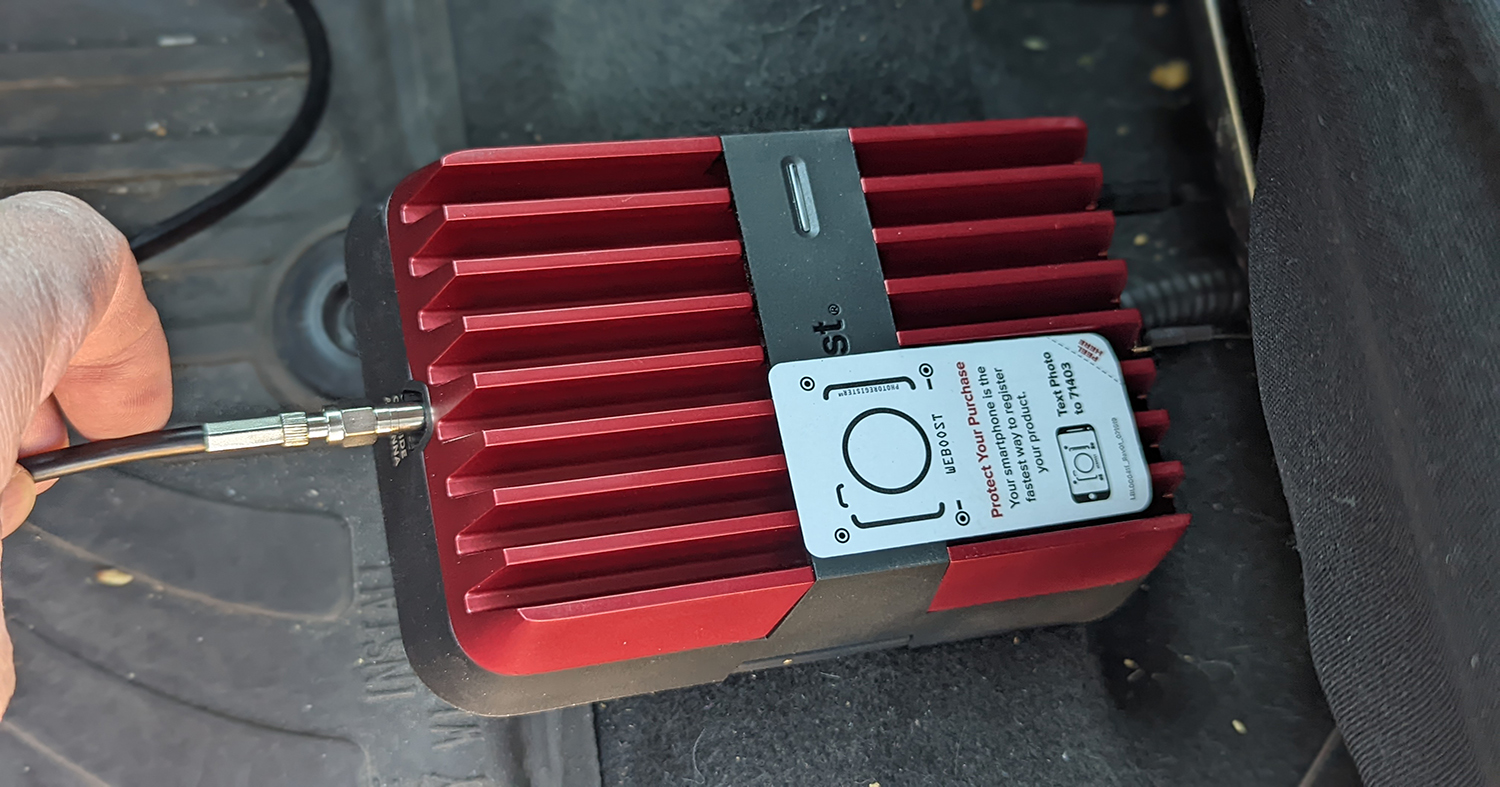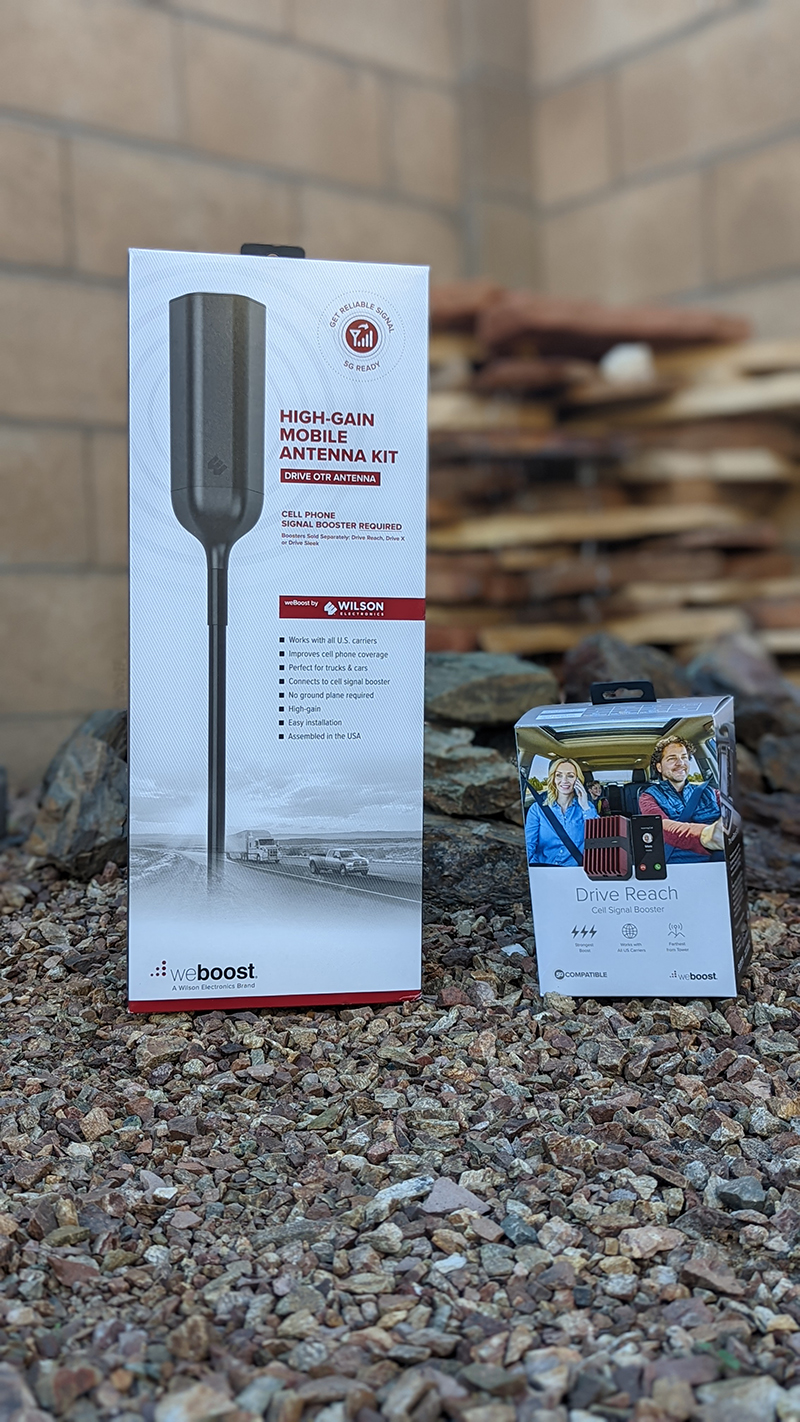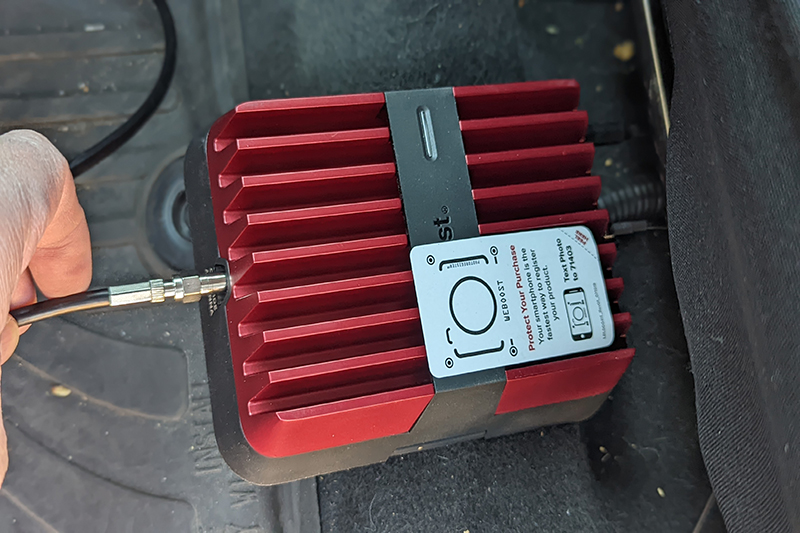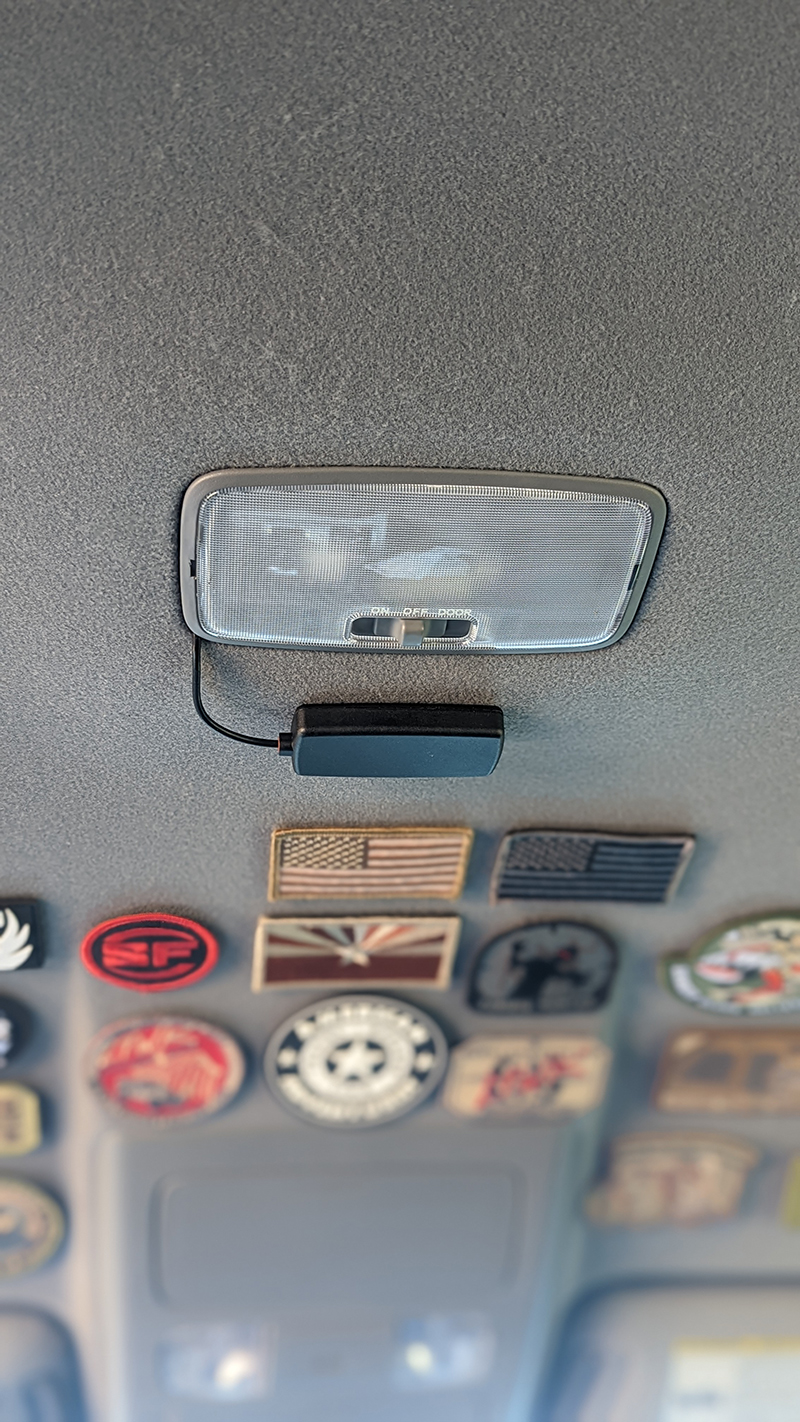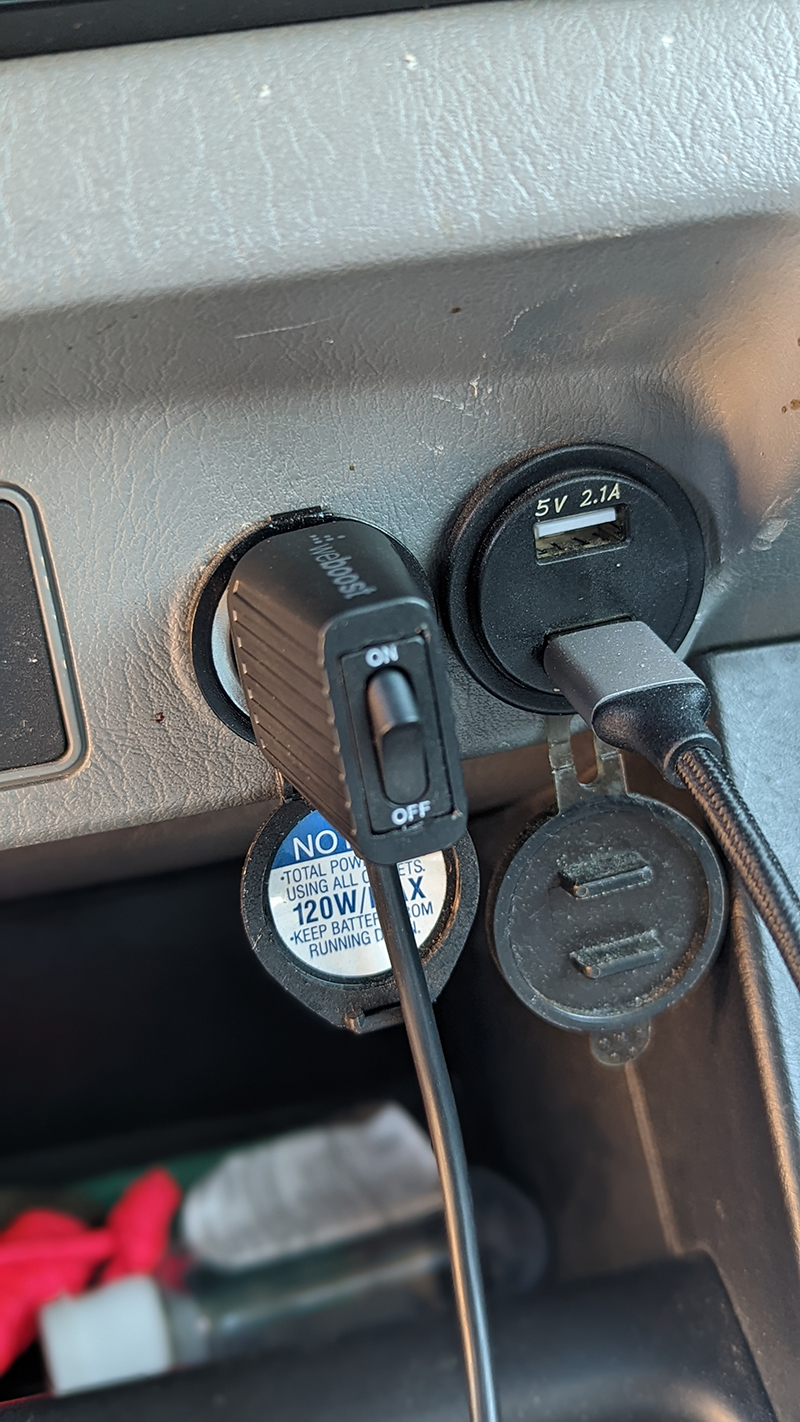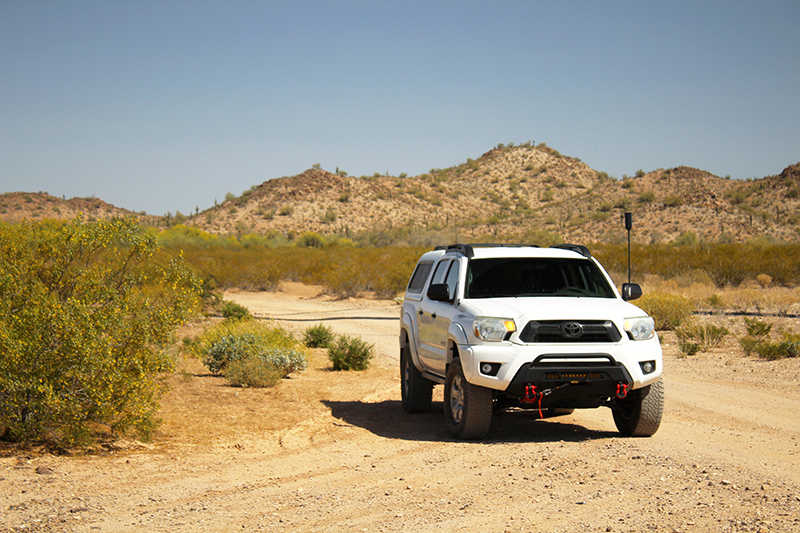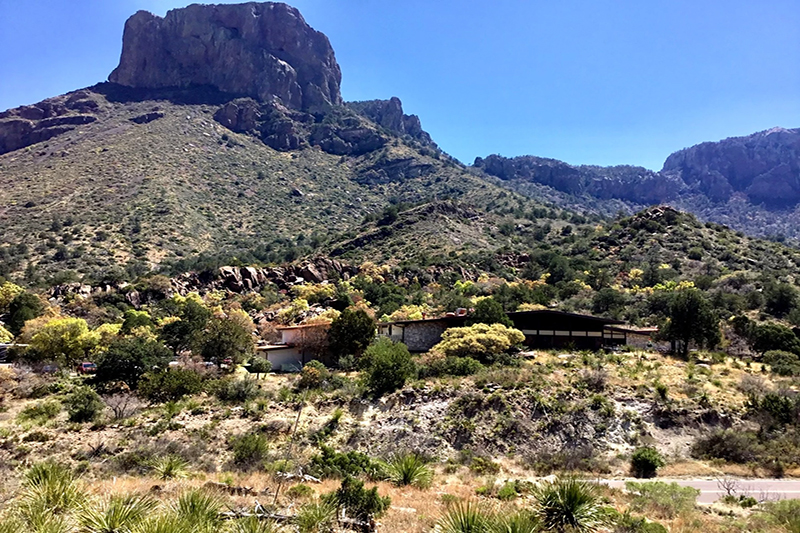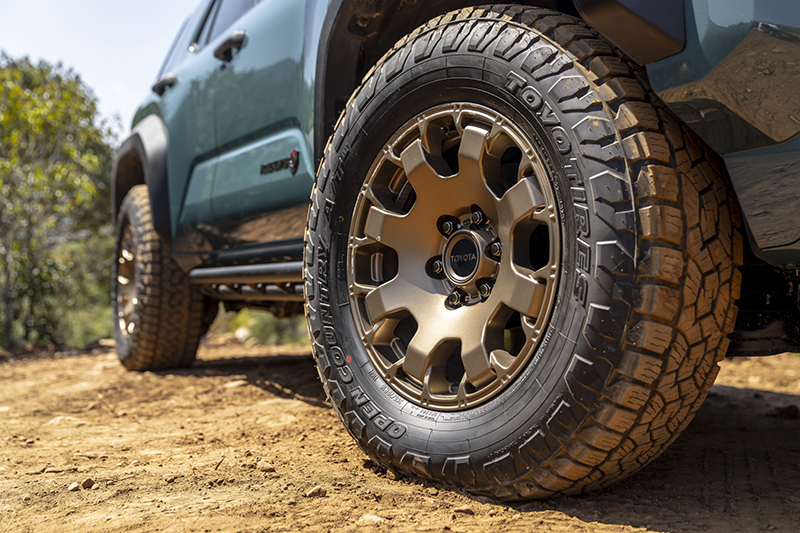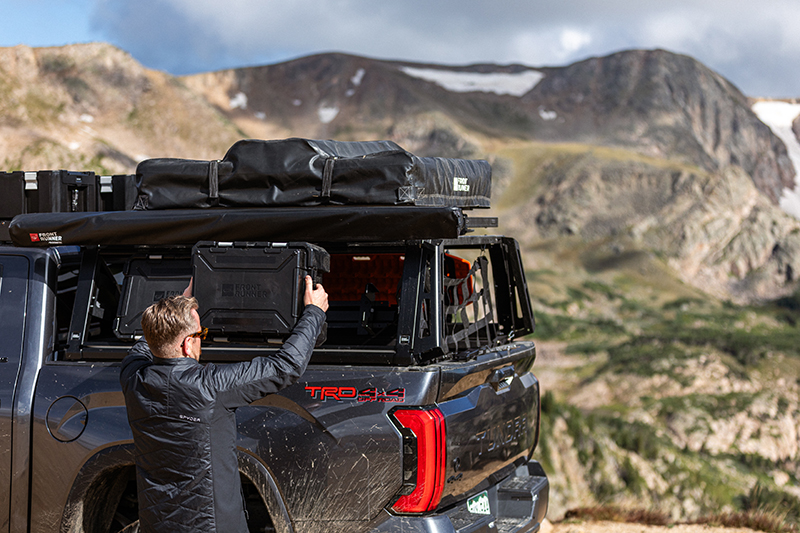Using cell signal technology to get the most from your mobile device while exploring on four wheels in the backcountry
As a society, we have become almost completely dependent on technology. Fading are the days of navigation by map and compass. Honestly, the last time I drew an azimuth, more people had pagers than cellular phones. Love it or hate it, that’s the way it is. This especially rings true in the overlanding community where we have come to rely on GPS, complex electrical devices, and intricate electrical systems to power those devices. Our technology relies on technology.
The smartphone must be one of the most versatile devices ever created. It not only allows us to communicate as a conventional telephone, but also allows for internet access, navigation, text messaging, location tracking, emergency alerts, and weather updates…
So long as you are within service area.
There’s the catch. So often we find ourselves with little to no mobile signal, intentionally so. It’s sort of the point, isn’t it? Being away from the distractions and madness of civilization, finding the peace of the wilderness, is the reason many of us do what we do. However, having no means of communication with the outside world, especially in a break down situation, or emergency can prove to be horribly inconvenient and possibly fatal.
That’s where the weBoost Drive Reach comes in. This unit is essentially an amplifier for your smartphone, and an effective one at that. It boosts what little existing service you may have, to useable signal for text messaging, phone calls, and internet usage. Be advised that the manufacturer states that it will not create signal or provide service where there is none, but it will boost anything available. This proved true when during testing in an area where service teeters between one bar and nothing. After powering the Drive Reach on, I had a solid 3 bars of signal. (With OTR Antenna)
Installation of the Drive Reach is straight forward, and the instructions provided by the manufacturer are clear and detailed. The entire process took me a little under an hour in my garage with no problems during the install. weBoost provides you with everything you need to complete the task with clean results.
I live in Arizona where we have extremely varied terrain. I evaluated the Drive Reach in deserts, forests, and urban environments. I also assessed the device using both the included magnetic based antenna and the upgraded Drive OTR antenna (purchased separately, part no: 311229). It performed exactly as expected and advertised, with some obvious variations in performance.
In the deserts, the Drive reach was consistently able to boost the existing signal by three bars on average. Previously mentioned, using the OTR antenna, it was able to conjure three bars of stable signal in an area widely considered a dead zone. I made a call, which was clear, checked social media to evaluate its data boosting capability, then moved on. The smaller magnetic based antenna provided two stable bars of signal, a clear call, but much slower data speed. Testing in a nearby box canyon was a hurdle for both antennas, as the OTR struggled to maintain any useable signal and the magnetic base mostly ineffective.
Performance during forest testing was surprisingly good, with the OTR antenna dominating in performance over its smaller counterpart. While effective, the smaller antenna was only able to boost existing signal by one to two bars. The OTR antenna was able to boost by a consistent four bars if not better, at one point turning three bars of LTE into full 5G signal.
Testing in urban environments is where the magnetic based antenna shined. I evaluated the device at ten different points in downtown Phoenix and surrounding cities where signal dead/drop zones exist. Each time the smaller antenna performed just as well as the OTR antenna.
The only complaint I have about the device is that the power switch to turn it on and off is located on the back of the power supply plug that goes into your 12V outlet. This makes installation easier for most, but it creates a single failure point for the device and makes it difficult for those of us who might want to hardwire the device into 12V power and retain an ability to turn the device off when not needed.
After having the weBoost Drive Reach device in my truck for the last three months, I can say without a doubt it is an effective and completely beneficial tool to have along for the journey. It works as advertised and, in some cases, even better than expected.
OutdoorX4 Magazine – Promoting responsible vehicle-based adventure travel and outdoors adventure


